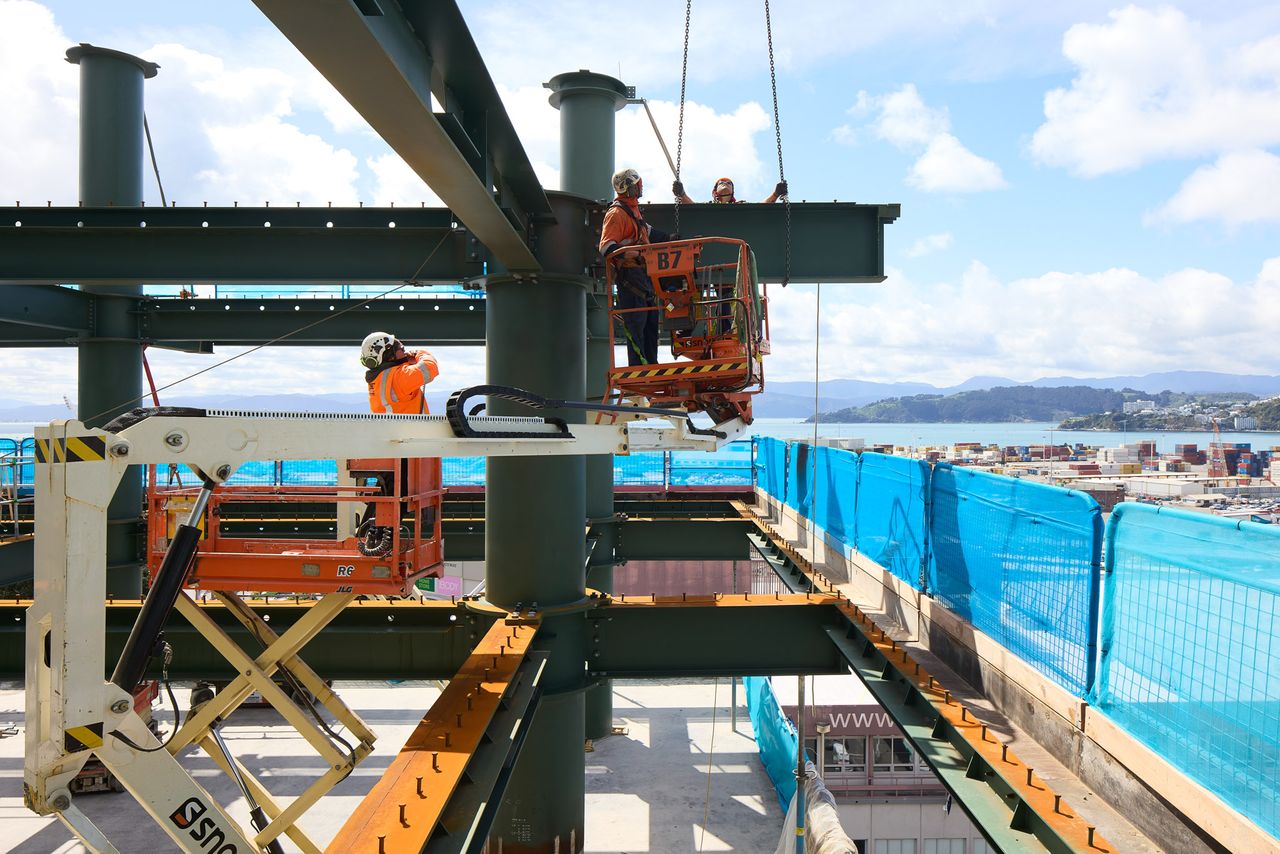News & Insights
Future of 3W Sector

With the recent change in government and the repeal of planned reforms for the three waters sector, we find ourselves at a pivotal juncture, grappling with uncertainty about the future management of stormwater, drinking water and wastewater in Aotearoa.
As we reflect on the state of the three waters sector, we must acknowledge the challenge ahead. Particularly, regarding funding models and constraints related to debt limitations, paired with resource challenges. This moment offers a timely opportunity to consider alternative strategic approaches. Through the exploration of innovative solutions, we can ensure the management of three waters continues to evolve, providing the infrastructure and governance required for the sector to meet the needs of New Zealand today and into the future.
The prospect of reform was met with a mix of anticipation and trepidation. Anticipation, because it held the promise of addressing longstanding challenges in our water infrastructure, ensuring resilience, and delivering better outcomes for communities. Trepidation, because any significant reform brings with it a degree of disruption and uncertainty.
Now, with the repeal of reform, we must recalibrate our expectations and strategies for the future of the sector. While some may view this as a setback, I believe it presents an opportunity for re-assessment, innovation, and collaboration within the sector.
One of the immediate concerns stemming from this repeal is the potential loss of funding and the uncertainty this brings to the pipeline. The planned reform was accompanied by significant financial commitments from the previous government. Without these funds, there is a risk of stagnation in our efforts to address pressing issues such as water quality, supply reliability, environmental sustainability and in particular economic growth and productivity.
However, challenges also breed innovation. Instead of solely relying on additional government funding and Crown top ups, we must explore alternative funding mechanisms. Recent examples such as the public-private partnerships that enabled the completion of Transmission Gully in Wellington, Waterview Tunnel, Wiri Prison or Hobsonville Point Secondary school in Auckland show that alternative models have a role in funding New Zealand infrastructure. Environmental bonds provide another funding pathway. Auckland Council has used Green Bonds over recent years to provide NZ$3.6bn for projects including the City Rail Link and the purchasing of electric trains. Community bonds have also provided funding for infrastructure programmes such as social housing in New Zealand, as well as programmes addressing youth offending and support for mental health. By diversifying our funding sources and leveraging private sector expertise, we can unlock new avenues for investment in our water infrastructure.
The sector is also facing a critical challenge with potential resource shortages, particularly considering the record high migration numbers. The planned reforms necessitated a substantial expansion of our workforce to oversee the implementation of new policies, technologies, and delivery of projects. With the repeal, there is a risk of losing momentum and with it, the skilled professionals needed to drive progress in the sector. In the absence of a pipeline of projects, early retirement will beacon for some, while others will look at alternative sectors to pursue their next challenge.
To mitigate this risk, we must prioritise workforce development, training, and retention strategies. Investing in education and upskilling programmes will not only ensure a steady supply of talent but also foster a culture of innovation and excellence within the sector. Providing financial support for ongoing skill development and education can incentivise individuals to continue investing in their specialised skills, even during periods of limited work availability. This could involve offering subsidies for professional certification programmes, tuition assistance for further education, or grants for research and development projects related to their field. Furthermore, we must foster closer collaboration between industry stakeholders, academia, and government agencies to identify and address skill gaps effectively. As local councils and the public sector redevelop their Long Term Plans (LTPs), it is important that momentum is not lost on key three waters projects.
Despite the uncertainties that lie ahead, I remain optimistic about the future of New Zealand's three waters sector. While Councils have a tough road ahead in developing their LTP’s, New Zealand has a strong history of resilience, adaptability, and community spirit, which will serve us well in navigating these turbulent times.
Now more than ever, we must come together as a sector to chart a course for the future—one that prioritises sustainability, equity, and resilience. By harnessing the collective expertise, creativity, and determination of all stakeholders, we can overcome the challenges before us, chart a new path and emerge stronger and more resilient than ever before.
In conclusion, while the repeal of planned reforms may present challenges in the short term, it also presents an opportunity for us to rethink, reimagine, and redefine the future of New Zealand’s water infrastructure. Let us seize this opportunity with conviction and collaboration, knowing that the work we do today will shape the well-being and prosperity of future generations.



